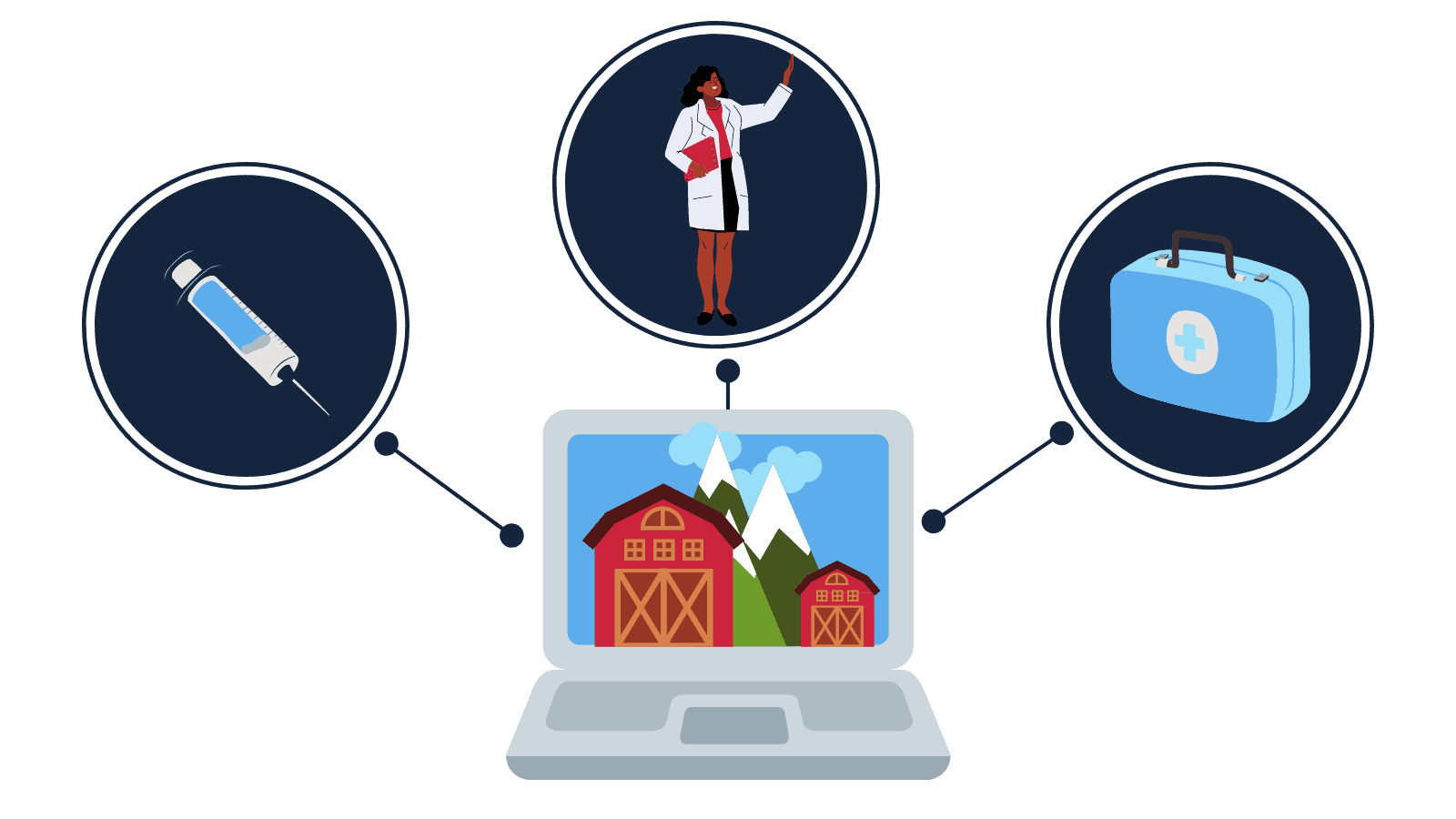Serving Rural Patients for Telehealth
November 16th, 2020 | news
Individuals living in rural U.S. communities account for 15 percent of the population and have particular and significant challenges to health and wellbeing. Compared to people living in other areas, rural populations are older, have higher rates of poverty, are more likely to have disabilities, and are less likely to be employed. These and other factors result in poorer health outcomes—including a higher risk of death due to heart disease, cancer, stroke, chronic respiratory disease, and unintentional injury—than non-rural populations.
While access to high-quality health care is of utmost importance, rural areas encounter barriers including consistent provider shortages, hospital closures, and lack of proximity to services. Telehealth allows health centers serving rural areas to expand services, integrate primary care with subspecialty services, and improve care management.

Serving Rural Patients with Telehealth, developed by JSI, is an overview of the challenges to providing telehealth services in rural communities and proposes short- and long-term strategies to improve it, including the following examples:
Short-term:
Long-term:
This resource was developed for and made available through the HITEQ Center. HITEQ helps federally qualified health centers implement and optimize electronic health records, health information technology, and telehealth.
We strive to build lasting relationships to produce better health outcomes for all.